How to Choose a Ventilation System for Your Enclosed Electrical Panel
Most of the urban environments that we are familiar with operate on electricity. Be it our home, our office, the buildings we see at work, or factories, all of these have a vast array of electrical processes going on within the structure. The schematics containing wiring and components can be quite complicated, and it’s surprising that the end result is so organized. The credit for bringing order to all these electrical processes goes to the efficient design of an electrical control panel.
An electrical panel houses an assorted range of components and devices that all work together to control the various electrical processes going in and out of it. All industrial applications depend heavily on control panels, such as manufacturers or oil and gas companies. This is because an electrical panel ensures everything runs smoothly and safely.
However, it is not enough to simply set up an electrical panel and forget about it. Many dangers can cause your electrical panel to get damaged or work inefficiently. One of the major ones is overheating. Therefore, installing a ventilation system to your enclosed electrical panel is crucial. We will discuss how to choose the right ventilation system in this article.
What is a ventilation system?
Ventilation systems serve an essential purpose by ensuring that the interior of the panel is sufficiently cool and ventilated. Electrical panels will often heat up due to thermal loads. If they overheat, then the components and wires can get damaged. Such a situation can cause it to work inefficiently, stop working entirely or cause a hazardous situation. Therefore, ventilation systems can help by allowing air to flow through and cool down the interior.
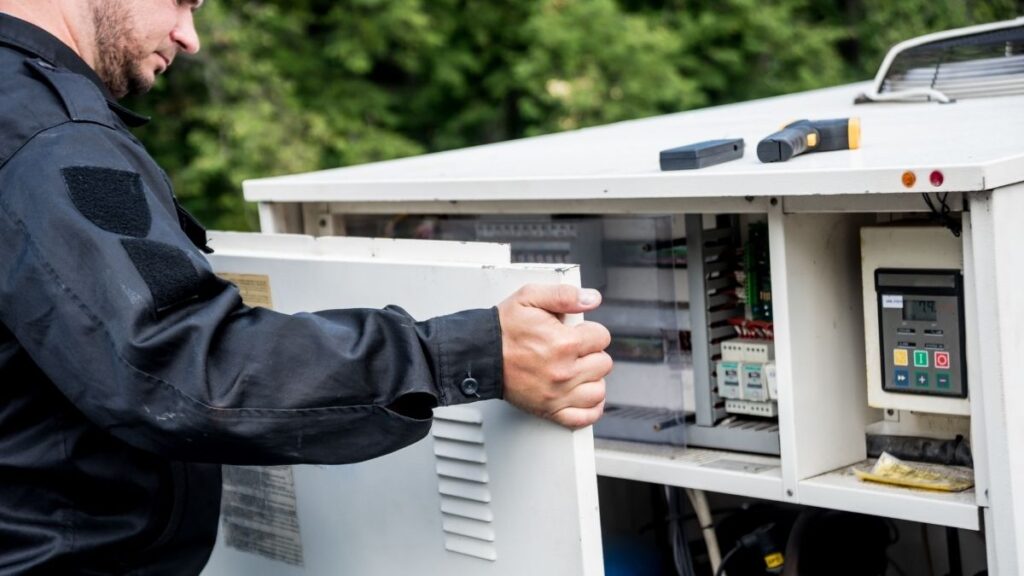
Some ventilation systems even protect the interior from dust getting inside. If too much dust collects inside, it can cause inefficient operation and increase the chances of overheating, damaging the panel. Additionally, dust can combine with humid air to cause short circuits. There are a variety of ventilation systems you can implement. We will discuss each of them depending on your situation.
Ventilation system types and orientations
Before using any of the orientations we have mentioned below, you must calculate the airflow compared to the thermal load within the panel. If the airflow is low and cannot reduce the temperature of a high workload, then it won’t be effective. Let’s discuss the various ventilation system types and orientations. These are:
Cooling using exhaust filters and natural convection
Ventilation systems that use natural convection are suitable for electrical panels with low thermal loads. All you need is a couple of exhaust filters for this ventilation system. One will be installed at the top of the panel cabinet, while the other will be installed at the bottom. When the panel heats up, cold air from the bottom filter will enter and take some heat from inside the panel. Based on the principles of convection, the now heated air will rise and exit through the top filter. You can do the same by adding a filter at the lower part and a roof exhaust unit at the top. The problem with this system is that it provides limited cooling and may allow dust to enter.
Cooling using fan unit at the bottom and exhaust filter at the top
This orientation involves the fan unit at the bottom taking air in from the outside. This increases the air pressure inside the electrical panel compared to the outside pressure. The air tends to move from high-pressure areas to low-pressure ones. Therefore, this orientation prevents dust from other openings to get inside the panel. This improves the fan’s life and the components. The air taken in absorbs heat from the panel, heats up, rises up and then leaves through the exhaust filter at the top.
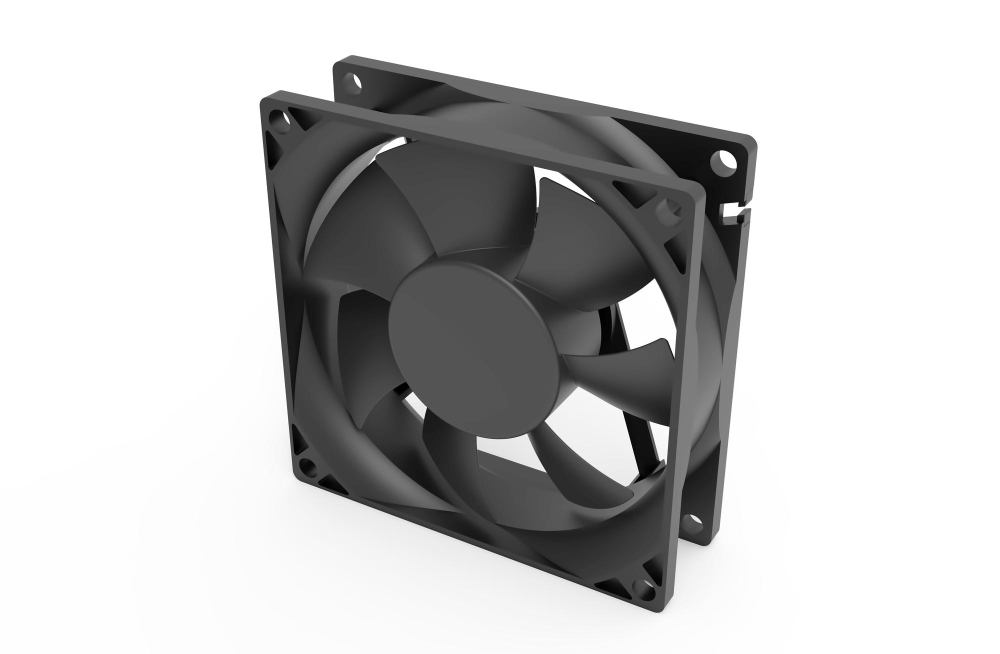
Cooling with a fan unit in reverse and exhaust filter at the top
This ventilation system orientation works on the opposite principle compared to the previous one. Instead of taking air into the panel, it takes the air out of it and creates less pressure within the cabinet. After that, it enters through the filter unit, cools the panel and then leaves through the fan unit. The problem with this orientation is that it can allow dust to enter through, which can cause overheating, among other issues. Additionally, the fan unit will be dealing with hot air, which can reduce its lifespan.
Cooling with fan filter at the bottom and fan filter in reverse at the top
This ventilation system orientation involves the fan filter at the bottom, taking air into the panel. The air absorbs heat from the panel, rises and exits through the top fan filter, which blows the heated air out. It works on much the same principle of natural convection, except that the airflow rate is higher, which means greater cooling. The only problem with this system is that it is more expensive than the others but may be required if thermal loads are higher.
Cooling with roof exhaust unit with a fan at the top and exhaust filter at the bottom
This ventilation system orientation involves air entering into the filter at the bottom and cooling the panel. The roof unit at the top sucks in the air from the panel, which causes less air pressure inside. This reduced pressure causes more air to enter through the filter at the bottom, creating an airflow. While this orientation does cause dust to enter and reduces the roof unit fan’s lifespan, it is ideal if obstacles, walls or other panels block the sides of the panel.

Cooling using an internal orientable fan
This ventilation system orientation is different from the previous ones as it does not involve any air exchange with the outside. Instead, swivelling fans allow the air to circulate internally. This helps distribute the air, cooling hot spots and spreading the cool air. You can use these fans alongside the other orientations to improve airflow, but it will depend on your panel and its thermal loads.
Cooling using a thermostat
Incorporating a thermostat in the cooling systems that use fans is a great way to make the entire system a lot more efficient. Using a thermostat allows you to turn on the ventilation system only when the temperature gets too high. This can help you reduce costs as it improves the lifespan of fans by around 50% while also reducing the need to replace filter mats.
Cooling using an air conditioner
If the thermal load within the electrical panel is too high, then fans may not be enough. In such cases, incorporating an air conditioner into the previous orientations is an excellent way to cool the system. We recommend using a thermostat alongside as this will help reduce the costs from air conditioners that typically use higher amounts of electricity. Alternatively, you can incorporate other cooling systems like thermoelectric units or exchangers.
Heating using an enclosure heating
In some cases, an enclosure heater is required within an electrical panel. They are primarily used where panels need a set temperature. Additionally, these heaters protect the panels from condensation and corrosion due to high humidity. The aluminium profile heater body design has a chimney effect which distributes the heat evenly throughout the panel. Additionally, you can use swivelling fans within the enclosure so that the air ventilates evenly throughout.
Conclusion
Electrical panels are crucial whenever a lot of electrical processes are involved. However, many dangers can easily damage an electrical panel. Typically, the panels will have thermal loads when working, which causes heating. Therefore, a ventilation system is necessary to cool down the inside of the panel. We have discussed various ventilation system types and orientations that you can use for multiple situations and budgets. We hope this article proves insightful and helps you choose a ventilation system that is just right for your enclosed electrical panel.


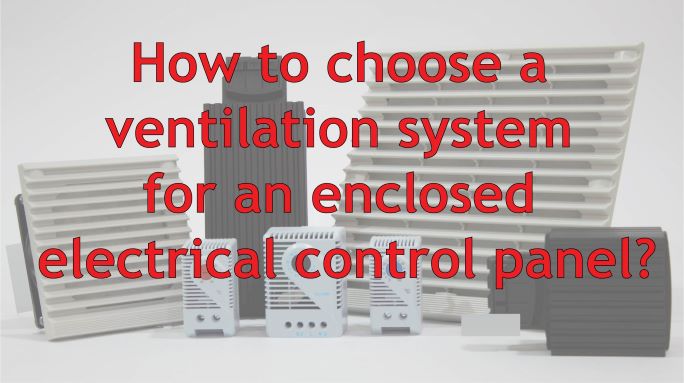
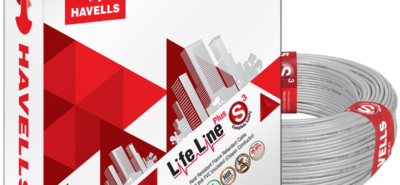
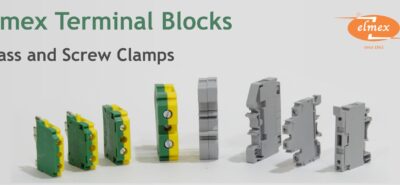
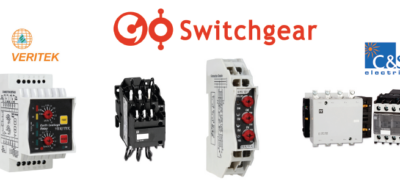


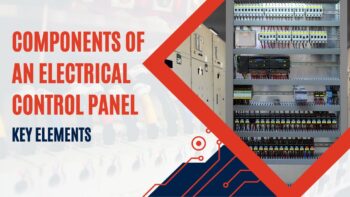

Leave a Reply